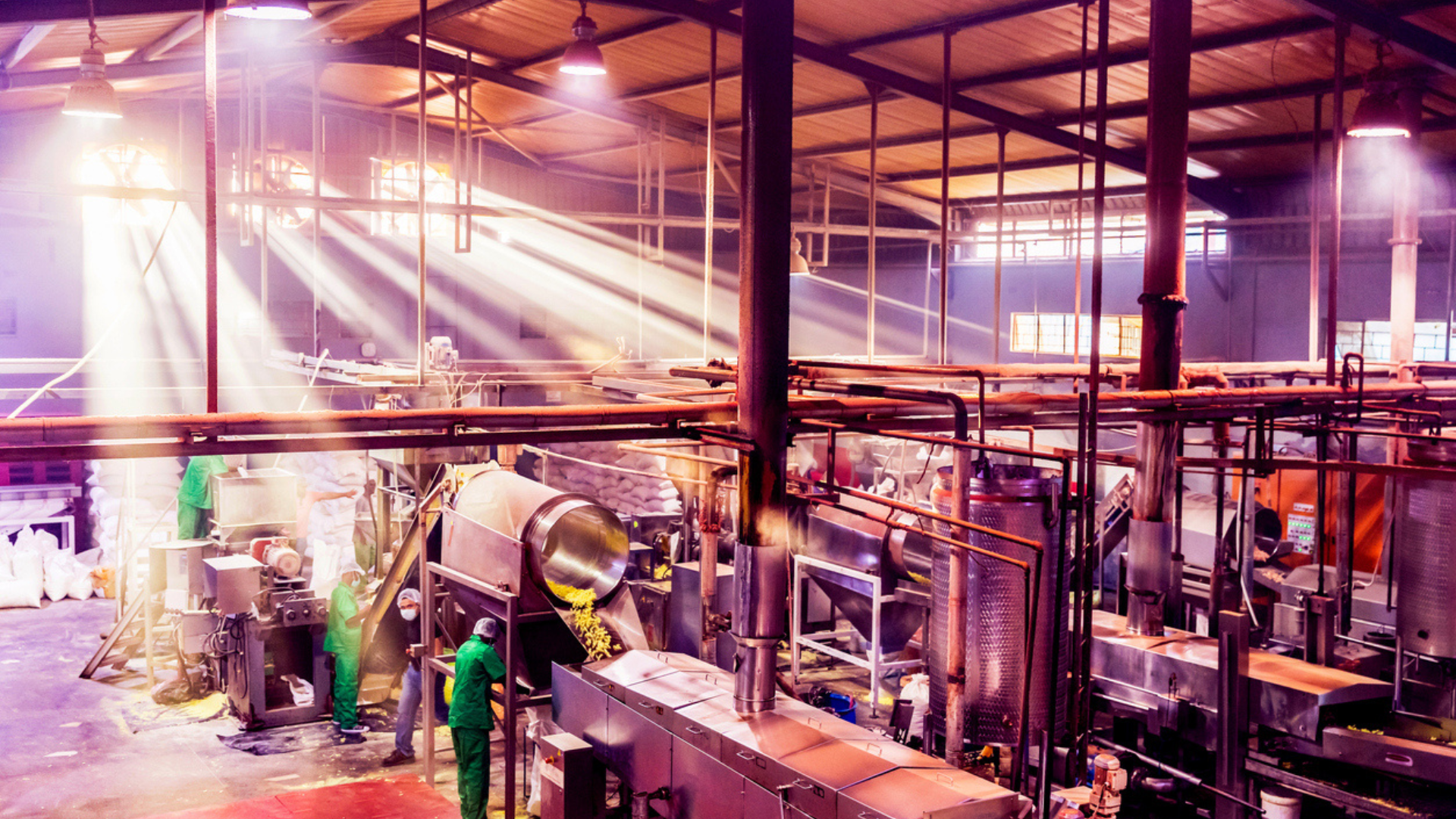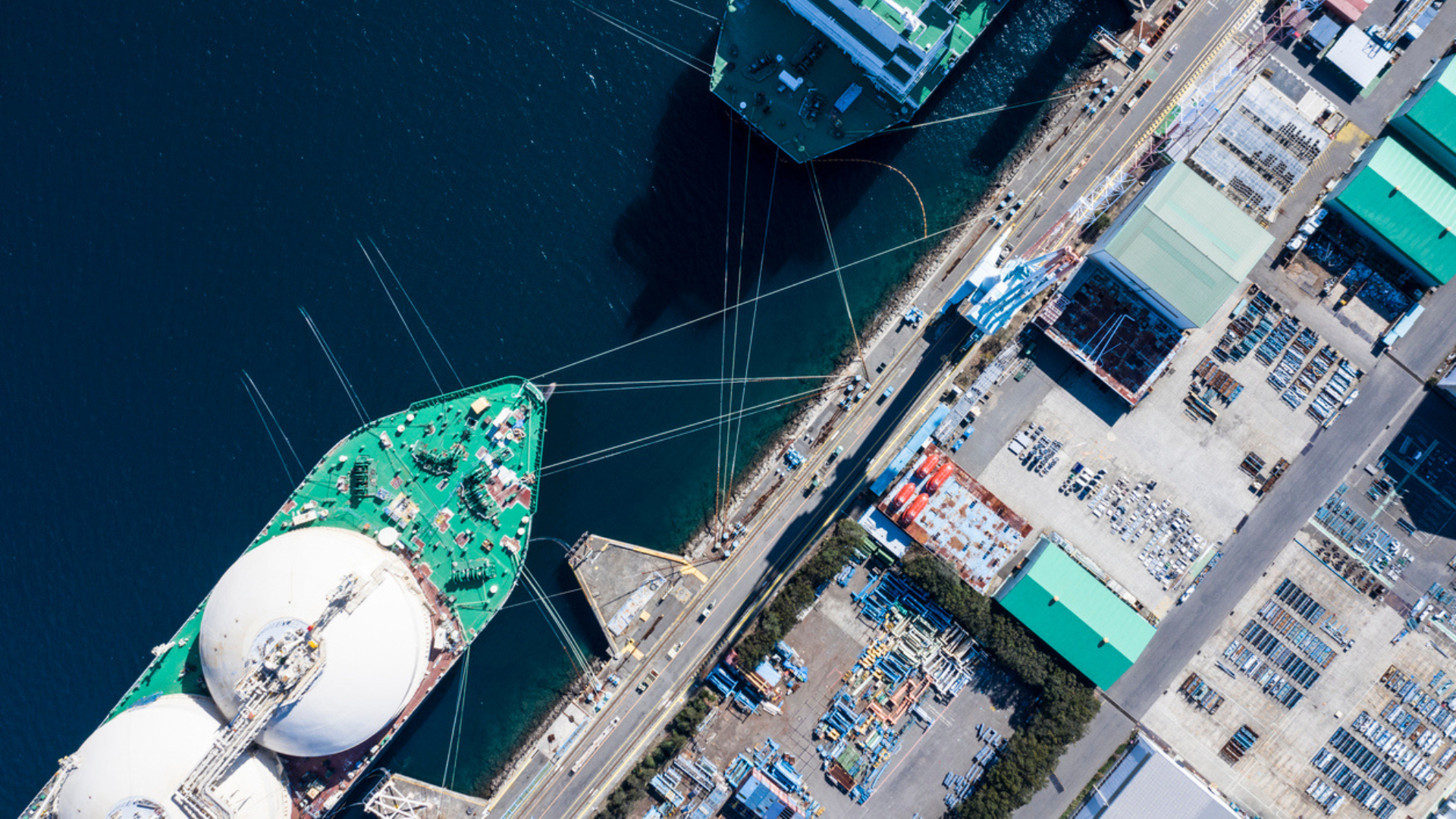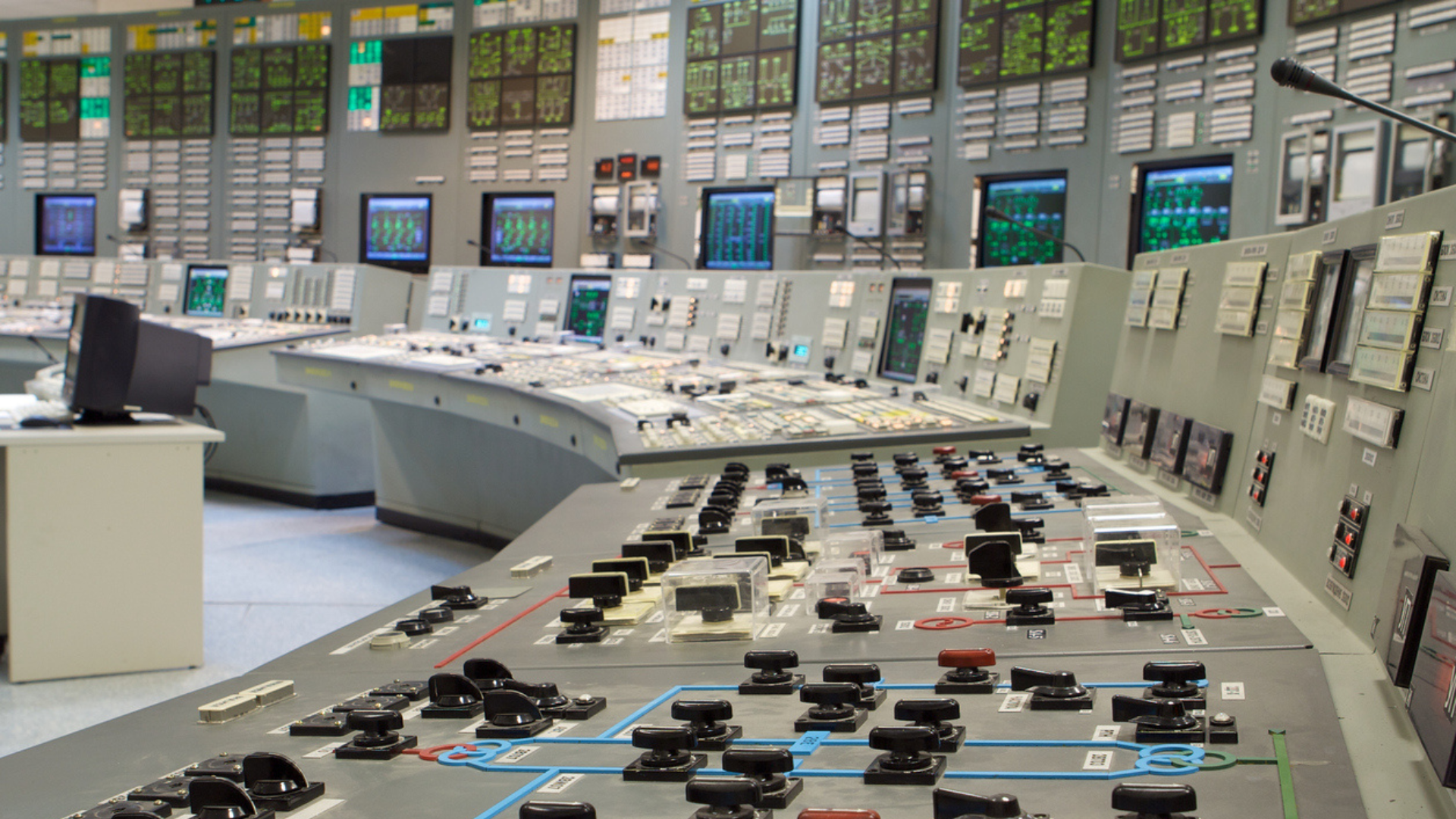Recent Wall Street Journal headlines (and subheads) capture a lot of the drama playing out in today’s energy markets and reveal much about what large energy users need to consider as they map out and execute their buying strategies:
Natural Gas: Fasten Your Seat Belts (February 11, 2023)
The buffers that keep America’s natural-gas price fluctuations at bay are eroding
Natural-Gas Prices Plunge, and Drillers Dial Back (February 23, 2023)
Prices for the fuel have fallen by two-thirds since mid-December
Yet, the real takeaway from this entire situation can be summarized by the headline of this article:
Consider Buying Now: You Won’t Get Hurt Falling out the Basement Window!
Welcome to the new normal of extreme energy-price volatility, one that rewards those prepared to go to market and lock in low prices when they are available, because those prices may very well be fleeting.
Quite a Quarter: Natural-Gas Prices in Freefall
Over the past year, my colleagues and I at Transparent Energy have worked to educate our customers and prospects on the macro- and micro-factors transforming the natural-gas, and by extension electricity, markets. From the ongoing war in the Ukraine – and the EU’s cold-turkey exit from dependence on Russia’s energy reserves – to LNG exports and storage levels to weather, what we’ve really seen is a permanent change of a predominantly U.S.-only natural gas market to a conjoined U.S./European natural gas market
With a much bigger market, and with it very high demand for natural gas that accounts for pretty much every dekatherm in production, prices should be rising, not falling, right? One might think so, but hold on. This is where we need to look deeper, and why you need to be working with an expert to buy the energy that powers your buildings, operations, and entire portfolios.
The War in Ukraine
In the past, we’ve detailed how the war in Ukraine increased demand from Europe for U.S. natural gas supplies and how that bump in demand strained current production and put upward pressure on natural-gas prices. But guess what? We’re at the end of this cycle now – i.e., we’re a year into the war and Europe has adjusted. The EU bought our gas and steadily increased its winter storage supplies. In fact, sweeping legislation has been enacted by the EU requiring member countries to pretty much max out their winter natural gas permanently going forward. And while that is excellent news for U.S. suppliers, and will keep demand for natural gas high for the long term, something else has happened in the short term: mild winter weather.
This may be remembered as “the winter that didn’t happen.” Winter conditions in the U.S. and across Europe were incredibly mild, meaning heating demand, and thus demand for natural gas, languished. Complemented by record production set in motion by expected huge increases in demand, natural gas storage levels remained far more elevated than anticipated for this time of year and sent prices down precipitously. Sure, there have been a few instances of cold weather in places like Texas that affected production and jolted the market, but they have been temporary.
The fact of the matter is that if you have energy contracts expiring in the next 12 months, you should take a very hard look at the prices you can get in today’s markets.
Supply/Demand Conundrum = 2 Years of Market Volatility (Potentially Extreme)
The U.S./European natural gas marriage creates a massive coordination challenge that will very likely roil energy markets. To support Europe’s energy needs, the U.S. has to produce more natural gas than ever, but there are a host of challenges that go with this.
The U.S. has a capacity issue. Simply put, we have a limited amount of liquid natural gas processing facilities. These plants are necessary, because we need to convert natural gas to LNG in order to put large enough volumes on barges (vs. through pipelines) for our EU allies.
Currently, we are in the process of creating more LNG plants, but they will not be in production for at least two more years. That means we have to ship as much natural gas as possible on a monthly basis to Europe to keep their storage levels as elevated as possible.
But Europe’s storage capacity is limited. They never needed large storage infrastructure in the past, because natural gas had historically been piped there directly. That means that even with current storage levels high, the ugly truth is the EU will run out of natural gas if a “normal” winter occurs in 2023-2024.
So where does that leave us? Currently, storage levels are very elevated domestically (and in Europe), and we are still producing lots of natural gas. As a result, prices have fallen, and producers are going to stop producing, because it will become uneconomical for them to continue doing so.
Yet, this leads us into a very precarious situation. Turning off natural gas wells is something that producers work very hard to avoid. That’s because it is difficult (as in it takes months) and prohibitively expensive to turn them back on unless the economics make it a no brainer (i.e., prices are elevated). Bottom line, if natural gas prices sink too low, producers are forced (and already have made announcements they will do so) to shut down these wells, and it will be a good bit of time (months) before they can get them up and producing again.
While we continue to sell Europe what we can on a monthly basis, a few weeks of hot weather this summer would draw down our domestic and respective European reserves considerably (natural gas is used to create electricity for air conditioning). Since last summer was the 3rd hottest recorded summer in the U.S., a repeat would all but deplete existing supplies – and with decreased production, we could see natural-gas prices skyrocket again.
Further, if prices do go up in the summer, we will face a predicament in the fall season, when weather “projections” will be made for the upcoming winter, which invariably leads to increased natural-gas price predictions.
Bottom line: In today’s markets, it is just about impossible to balance supply and demand, and that will be the case until we have more LNG plants available and more storage facilities built in Europe. That means we can expect a volatile couple of years, with the potential for extremely high and low prices available within the same calendar year.
So where does that leave you?
Lock in Low Prices while You Can
With natural gas prices as low as they are today (well below $3.00/Dth as I write this article), we like to say, “It’s hard to get hurt falling out the basement window.” Could prices go down even farther? Yes, but there’s a limit. Producers won’t continue producing at a loss. Could prices go higher? Yes, and there’s a lot of room to run there. Less than a year ago, natural gas prices were above $9.00. For large energy buyers, these price swings, this volatility, can crush operating budgets.
Now is the time to potentially take a lot of upward risk off the table and either lock in a rate that is dramatically better than anything that was available in 2022, or at least put yourself in a position to procure power as prices start to rise – which can happen quickly. We have entered an era where every drop of natural gas is accounted for – think everything from Europe’s dependence on U.S. natural gas to the electrification trend (EVs, etc.) sweeping the world, one that is reliant on natural gas as a “bridge fuel” to reaching net-zero emissions. That means any blip or longer-term change – be it weather, natural-disaster, socio-economic, or war-related – could leave sub-$3.00 natural gas far behind in the rearview mirror.
Your Playbook for Taking Advantage of Today’s Low Prices
Here’s your playbook for taking advantage of today’s market lows while protecting yourself from the bite of future energy-price spikes:
- Be Proactive. Get ready now, so you can take advantage of soft spots in the market, like the one we are in now, and ones that will present themselves in the future. This will be even more important as the 2023 summer cooling season (i.e., the need for air conditioning) approaches and as geo-political unrest remains high.
Transparent Energy can work with you today to assess your energy use, understand your cost parameters and risk-management needs, and pounce on savings opportunities. Don’t sit idly by and become an “order taker,” someone who goes to market at the last minute and takes whatever you get because your energy contract is about to run out. That approach could prove tragic. Instead, look ahead and engage an expert like Transparent Energy who can bring the best of the market to you each and every time, especially now. - Develop a Risk-Management Strategy. Understand your short- and long-term pricing options. Have a plan in place to continue to manage away from risk to stay in line with budgets. Taking advantage of today’s favorable buying conditions now can help you take a lot of risk off the table.
- Know Your Options. Letting Transparent Energy bring your load to market and having suppliers bid for it – against each other – in a live auction is the best way for you to price the market, understand all its possibilities, and see and select the best products for your budget and risk tolerance. Price discovery of this sort does not exist anywhere else in the market and is absolutely priceless. Consider all your options, so you can make an informed procurement decision.
- Ensure You Leave an Audit Trail to Support Your Decisions. It is vital that you implement a process that shows why you bought energy at any given time and the steps you took to buy responsibly. By making informed decisions and cataloguing your strategy and the market conditions shaping it, you will write a legacy of competence.
Energy prices don’t stay low forever. Volatility is back. Working with an expert will help. Working with an expert now will help even more. Transparent Energy is that expert.



